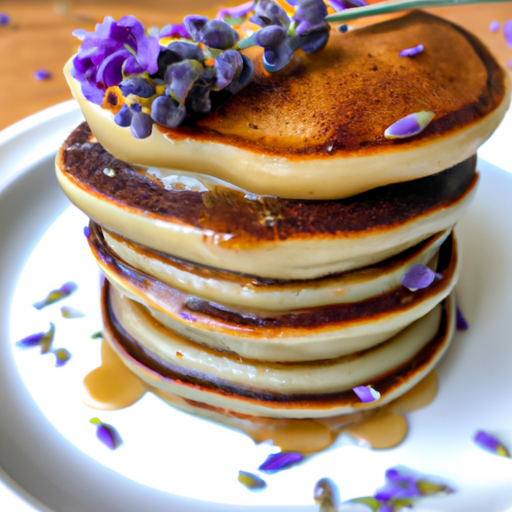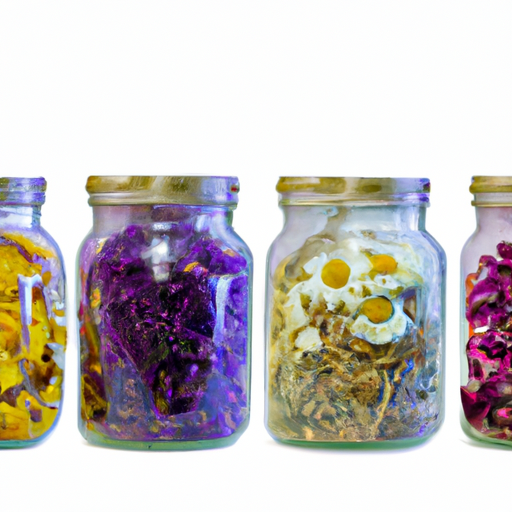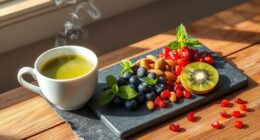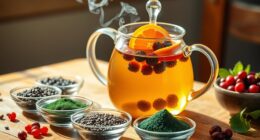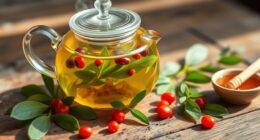Were you aware that Tim Hortons, the popular Canadian coffee chain, has made a substantial change to their Steeped Tea? They have recently transitioned from using tea bags to loose leaf tea, and the response from customers has been varied.
According to Tim Hortons, their new Steeped Tea is brewed the same way every time to ensure consistent quality and taste. However, some people have voiced their complaints on Facebook, citing weak or strong flavors and an overall dislike for the new tea. There could be several reasons for these dislikes, such as not using enough tea leaves or steeping the tea for too long. Additionally, personal preferences for tea bags may also come into play.
Tim Hortons has introduced a new tea steeper machine to ensure that their Steeped Tea is made with the highest quality loose leaf tea.
Stay tuned to find out more about the preparation process and customer reactions to this new change!
Key Takeaways
- Tim Hortons has introduced a new Steeped Tea made with loose leaf tea instead of tea dust from tea bags.
- The quality and taste of the new Steeped Tea may vary depending on how it is prepared at different Tim Hortons locations.
- Some people have expressed dislike towards the new tea, citing complaints about weak or strong taste and overall dislike of the flavor.
- Tim Hortons claims that every cup of their Steeped Tea is brewed the same way to ensure high quality and consistent taste.
What’s New?
I heard that Tim Hortons has made a change to their Steeped Tea by using loose leaf tea instead of tea bags. This new method has brought several benefits to the tea.
Loose leaf tea is generally considered to be of better quality than tea bags, as it allows for a more full-bodied and flavorful cup of tea. The use of whole tea leaves in the new Steeped Tea provides a consistently rich and robust taste. In comparison, tea bags often contain tea dust, which can result in a weaker flavor.
Tim Hortons’ decision to switch to loose leaf tea demonstrates their commitment to offering a high-quality product to their customers. However, it’s important to note that the taste of the new Steeped Tea may vary depending on how it is prepared at different Tim Hortons locations.
Preparation and Taste
Preparation and taste of the new Steeped Tea may vary depending on the individual preferences and techniques used by different locations. Tim Hortons’ commitment to quality ingredients is evident in their decision to switch from tea bags to loose leaf tea. Loose leaf tea offers several benefits, including better quality and more intense flavor. By using whole tea leaves, Tim Hortons ensures a consistently full-flavored taste in every cup. However, some people may prefer the taste of tea bags over loose leaf tea. It’s important to note that personal preferences play a significant role in determining one’s enjoyment of the new Steeped Tea. Additionally, the way the tea is prepared, such as the amount of tea leaves used and the steeping time, can also affect the taste. Despite mixed reviews, Tim Hortons strives to deliver high-quality tea with their unique blend of orange pekoe tea leaves and their new tea steeper machine.
| Benefits of Loose Leaf Tea | Tim Hortons’ Commitment to Quality Ingredients | Personal Preferences |
|---|---|---|
| – Better quality | – New tea steeper machine | – Taste of tea bags |
| – More intense flavor | – Unique blend of orange pekoe tea leaves | |
| – Ethical Tea Partnership |
Customer Reactions
Despite the controversy surrounding the change, the new tea has sparked a range of reactions among customers. Some have praised the switch to loose leaf tea, citing its improved flavor and quality. They appreciate the fuller taste and the fact that it’s brewed with whole tea leaves.
Others, however, have expressed disappointment and dislike towards the new Steeped Tea. They find it weak or too strong, and some even prefer the taste of tea bags.
The mixed reviews have created a divide among tea lovers, with some embracing the change and others longing for the old tea. As for the effect on sales, it’s difficult to determine at this point. While some customers may be drawn to the new tea, others may be deterred by the negative reviews. Time will tell how this change will impact Tim Hortons’ tea sales.
Pros of the new Steeped Tea:
- Improved flavor and quality
- Fuller taste
- Brewed with whole tea leaves
Cons of the new Steeped Tea:
- Weak or too strong taste for some
- Preference for tea bags
Overall, the new Steeped Tea has elicited both positive and negative reactions from customers, and its impact on sales remains uncertain.
Frequently Asked Questions
How does Tim Hortons’ new tea steeper machine work?
The tea steeper machine at Tim Hortons uses advanced technology to extract maximum flavor from loose leaf tea. It allows water to flow freely around the tea leaves, resulting in a consistently full-flavored taste. This method enhances the benefits of loose leaf tea, such as better quality and taste.
Are there any benefits to using loose leaf tea instead of tea bags?
Loose leaf tea offers numerous benefits compared to tea bags. It provides a bolder, more nuanced flavor with enhanced health benefits. The leaves are of higher quality and can be steeped multiple times, making it a superior choice for tea enthusiasts.
How does Tim Hortons ensure that every cup of their Steeped Tea is brewed the same way?
To ensure consistency in every cup of Tim Hortons’ steeped tea, they follow a precise brewing process. By using the new tea steeper machine and their own unique blend of loose leaf tea, they extract maximum flavor and provide a consistently full-flavored taste. This departure from traditional tea bags allows for better quality and taste.
What is the unique blend of orange pekoe tea leaves used in Tim Hortons’ new Steeped Tea?
The unique blend of orange pekoe tea leaves used in Tim Hortons’ new Steeped Tea is carefully curated to provide a burst of flavor. By using loose leaf tea, the tea’s natural oils and intense aroma are preserved, enhancing the overall taste experience.
Has Tim Hortons received any feedback from tea experts or connoisseurs about their new Steeped Tea?
Yes, Tim Hortons has received feedback from tea experts and connoisseurs about their new Steeped Tea. They have received both positive and negative feedback, with some experts praising the flavor and others expressing concerns about its consistency and taste. Additionally, customer reactions have been mixed, with some enjoying the new tea while others prefer the previous version made with tea bags.


